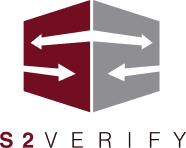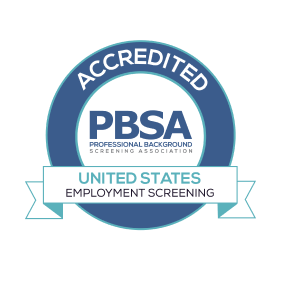Onboarding Strategies to Attract, Retain, and Empower Today’s Talent
As hiring managers and HR professionals grapple with talent shortages, evolving employee expectations, and increasingly distributed teams, new models of work are taking shape. From decentralized operations to creative onboarding and fractional leadership, 2025 is a year that demands bold thinking.
Recent insights from Katie Marchetti, an experienced advisor and board member, provide a blueprint for organizations seeking to remain competitive and human-centered in this evolving hiring landscape.
Hybrid Work Requires Rethinking Onboarding
Gone are the days of “shadowing a peer” as the default onboarding strategy. For distributed teams, onboarding must now be deliberate, structured, and immersive.
As Marchetti explains, “Managers need to plan in advance how each new hire will absorb the technical aspects of the role and connect with the broader culture.”
Successful companies are building onboarding programs that combine pre-scheduled one-on-one meetings, interactive tools, and digital workflows, ensuring employees feel both capable and connected from day one.
One approach is to use technology to automate logistics, thereby freeing up time for human interaction and team integration.
Culture Is Your Competitive Edge
When compensation parity narrows, culture becomes the primary factor in attracting talent. That’s why more companies are highlighting their unique value propositions, not just during recruitment, but throughout the employee journey.
Marchetti recommends using onboarding and early-stage communication to reinforce what makes your organization different.
“Make it clear why your workplace is worth choosing,” she says.
“That message should come through in your actions, not just your job postings.”
Fractional and Project-Based Roles Are on the Rise
To meet evolving business needs without increasing headcount, companies are embracing fractional leadership, which involves bringing in specialists to lead projects or departments temporarily. It’s a cost-effective model that allows firms to access top-tier talent without committing to a full-time hire.
According to Marchetti, this shift also benefits workers seeking flexibility and focus.
“Whether it’s a fractional CFO stabilizing post-acquisition finances or a project-based CMO launching a new brand, the model creates value on both sides.”
Professional Development Is a Retention Strategy
Employees today aren’t just asking for a paycheck; they want a path. Clear career trajectories, skill development plans, and measurable growth goals are becoming non-negotiables.
Instead of offering generic tuition assistance, high-performing companies are providing employees with personalized roadmaps.
“Tell people what they’ll learn, how long it will take to move up, and what comes next,” says Marchetti. “If you can’t do that, someone else will.”
Web3-Inspired Collaboration Models Offer a Glimpse into the Future
One of the more radical shifts occurring in the venture space is the rise of decentralized autonomous organizations (DAOs). These digital-first communities use tools such as Discord, token governance, and smart contracts to facilitate collaboration.
The takeaway for traditional firms? Speed, transparency, and globally distributed teamwork are no longer optional.
“DAOs aren’t just about crypto,” Marchetti explains. “They’re proving that teams can make big decisions quickly without a top-down hierarchy.”
Leadership in the New Work Era
The demands of 2025 require HR and operations leaders to act with both creativity and precision. Whether you’re refining your onboarding experience, investing in fractional talent, or mapping clear development paths, one truth stands out: people want to work where they feel empowered and understood.
As organizations strive to attract, develop, and retain top talent in a hypercompetitive market, strategies grounded in empathy, structure, and innovation will define the difference between simply filling roles and building resilient, future-ready teams.







